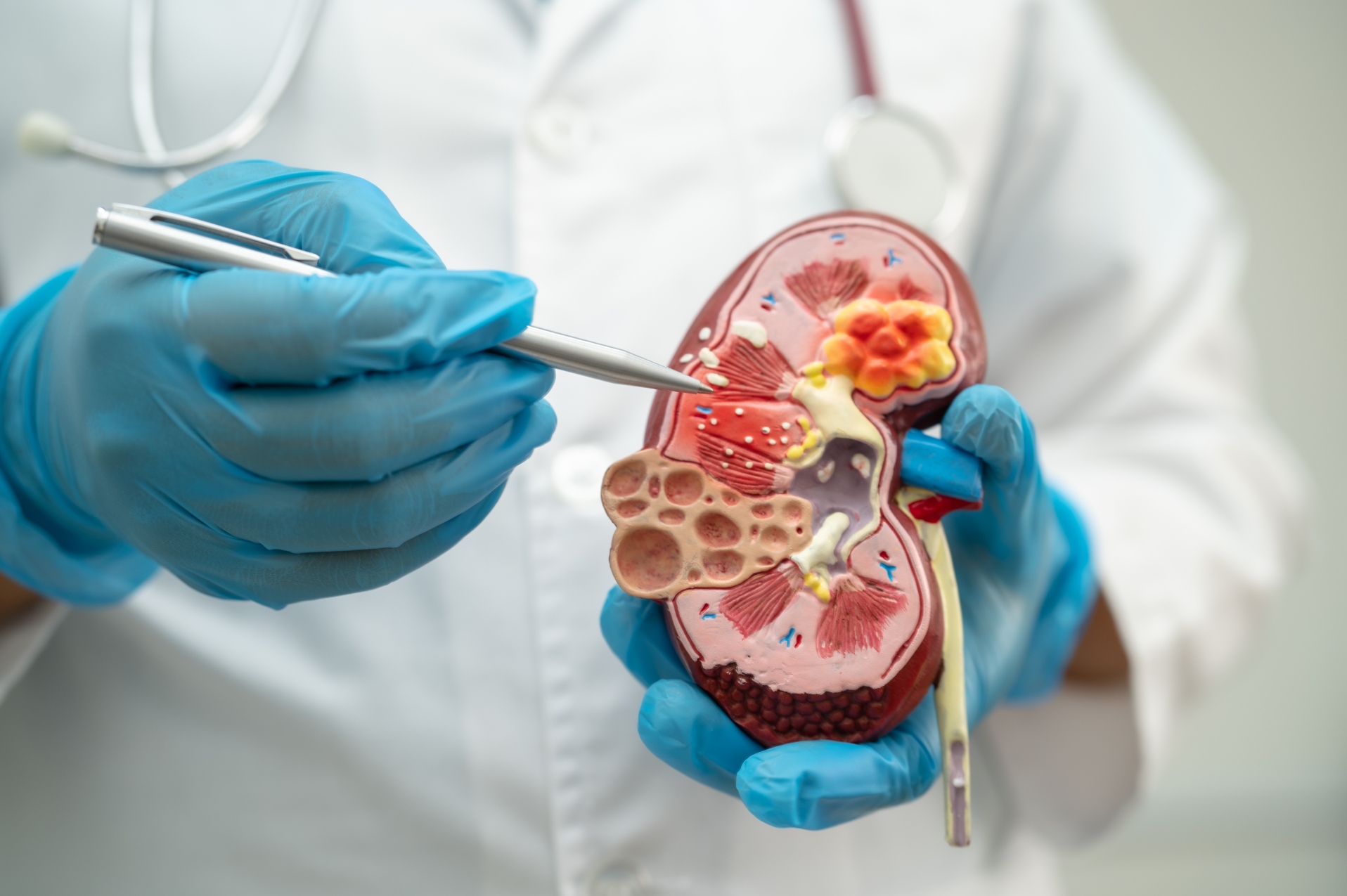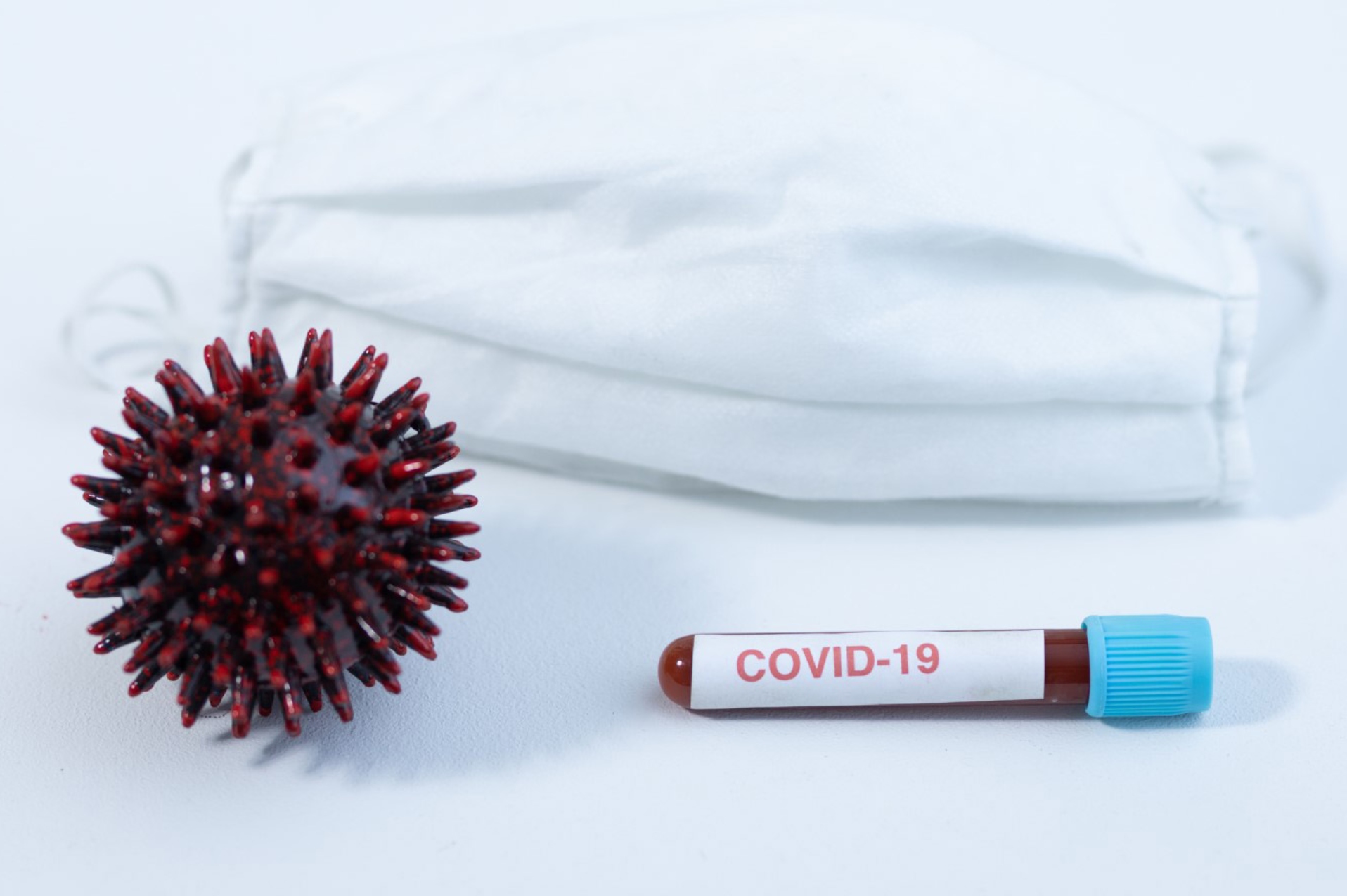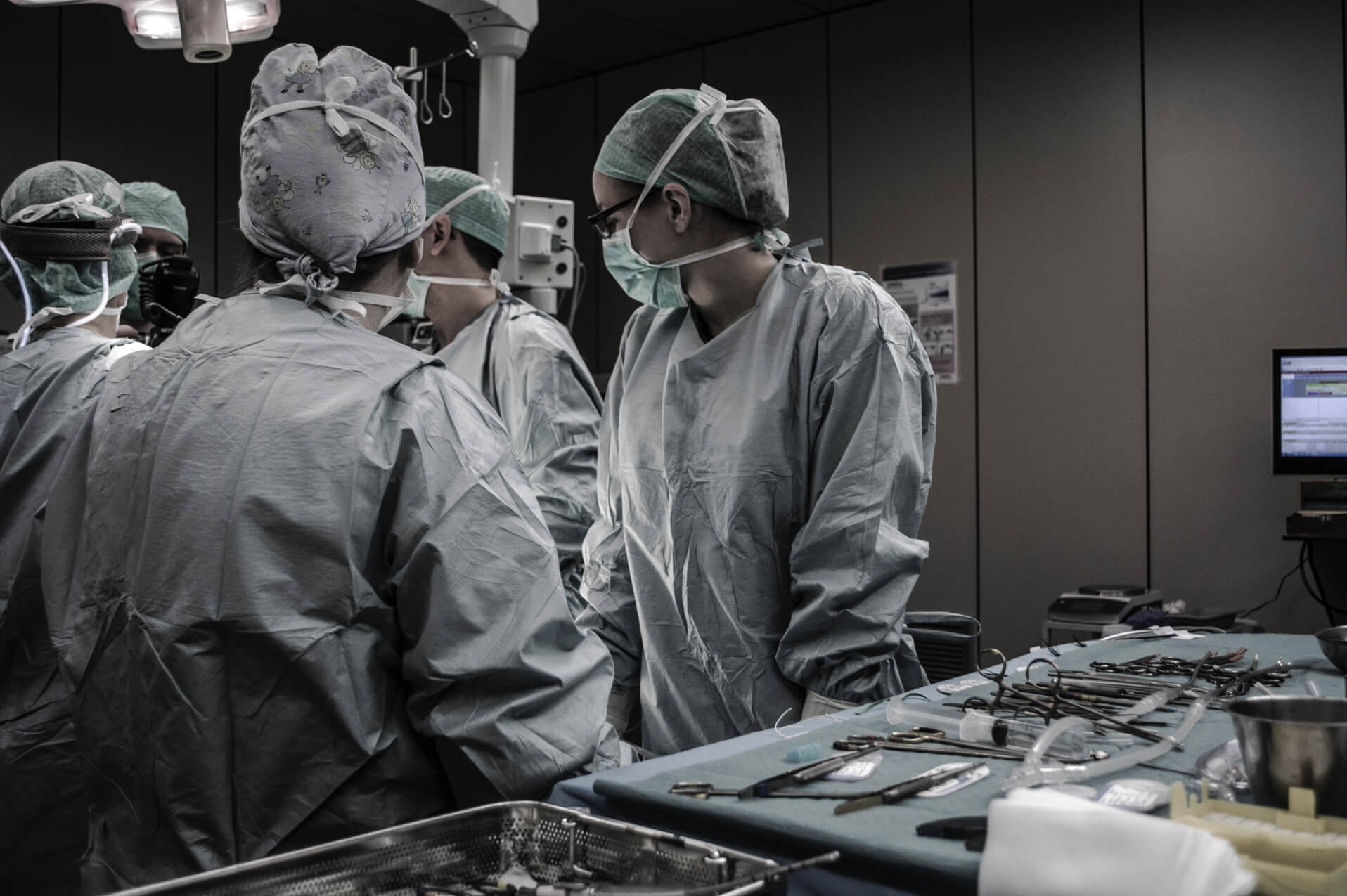An upper gastrointestinal (GI) endoscopy allows a doctor to see the inside lining of your digestive tract, in particular, the upper GI tract. This test is sometimes called esophagogastroduodenoscopy (EGD), as the entire upper GI tract, which consists of the esophagus, stomach and the first part of your small intestine (duodenum) can be examined.
How is the test performed?
A surgeon, gastroenterologist, or other trained health care worker can perform the procedure, and it is considered a minimally invasive procedure as it does not require an incision into the body cavities. Unless light sedation or anesthesia is used, the procedure does not require any significant recovery. During the test, you may receive a sedative through an IV line, which will help reduce pain and make you feel relaxed during the test.
This examination is performed using an endoscope, which is a thin, flexible fiber optic tube with a tiny TV camera at the end that is inserted through your mouth and then gently moved down your throat. The camera is connected to an eyepiece for direct viewing or a video screen that displays the image on a monitor.
You will have to lie on your left side, with your head bent forward, and the endoscope will be guided into your mouth and down your throat. It is useful to remember that the instrument will not cause problems with breathing and is not difficult to swallow. Once the endoscope is in your esophagus, then your head will be tilted upright, making it easier for the scope to slide down. It is important not to swallow unless told to. Once the examination is completed, the endoscope is slowly withdrawn.
Why is the test performed?
This test is important because it can reveal problems that are not seen using X-rays, and can eliminate the need for exploratory surgery. Using an endoscope, the doctor can look for problems in the upper GI tract such as inflammation of the esophagus (esophagitis) or stomach (gastritis), gastroesophageal reflux disease, ulcers, tumors, infection or bleeding. It can also be used to find the cause of vomiting blood, upper abdominal pain, check the healing of ulcers, and look inside the stomach after surgery. In addition, the doctor may insert small instruments through the endoscope to collect tissue samples (biopsies) for examination in the laboratory using this procedure.
In addition to diagnosis, endoscopy can be used to treat GI diseases. It can be used to remove growths from inside the esophagus, stomach or duodenum, also known as GI polyps, as well as treat upper GI bleeding.
Western Hospital provides upper gastrointestinal (GI) endoscopy diagnostic testing for your convenience. Contact us today for more information about our comprehensive diagnostic services.





